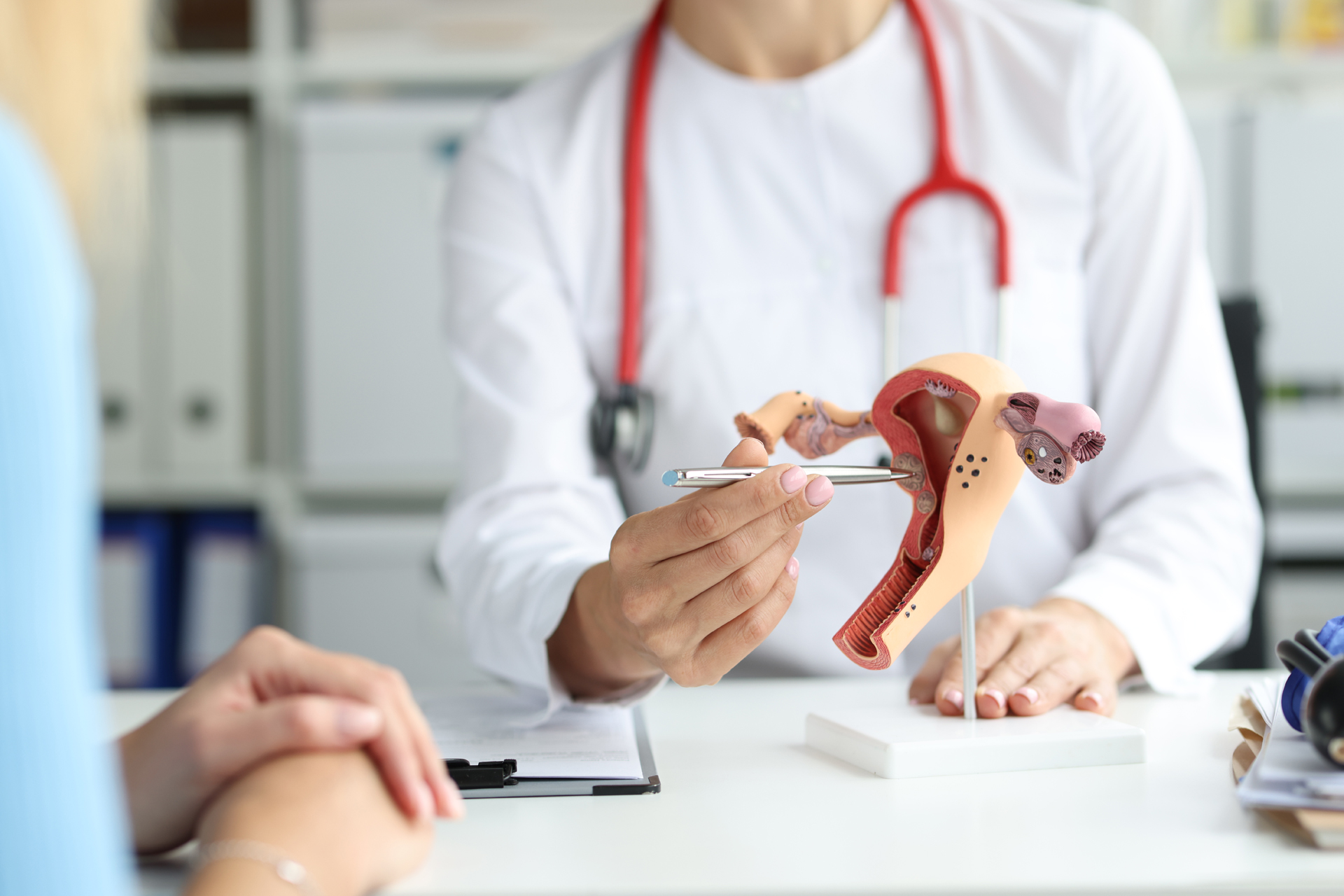Women who are having difficulty getting pregnant may wonder if something is wrong. A typical starting point for a fertility evaluation is when a woman has not gotten pregnant after one year of trying. For women over 35, it’s typically considered evaluation after six months of trying. And for women with very irregular periods, evaluation can be done at any time.
The fertility evaluation seeks to find all those things necessary for getting pregnant. Here is the list of areas that we look at, and the related tests.
Vagina and Cervix: Most women who get periods and can have intercourse will have these organs. An office physical examination is usually enough to prove everything is normal.
Uterus: There are a number of tests to determine whether the uterus is the normal shape on the inside, where the pregnancy is supposed to grow. Sometimes polyps, fibroids and scar tissue can change the inside shape of the uterus. Most of those things can be fixed with surgery, if necessary. Rarely, the uterus does not develop correctly; it can be heart shaped or it can have a wall down the middle. The tests to determine the shape of the inside of the uterus include ultrasound, saline-infusion ultrasound, hysterosalpingogram and hysteroscopic surgery. Occasionally an MRI is used to find the developmental variations.
Open Fallopian Tubes: An x-ray dye test is used to prove the Fallopian tubes are open. This test is called a hysterosalpingoram (HSG). It is most important for women who have had gonorrhea or chlamydia, women who have had an ectopic pregnancy, and women who have had complicated abdominal surgery. Blocked tubes can sometimes be unblocked with surgery.
Ovulation: Women who get regular monthly periods are most likely ovulating. Often there is a physical warning that the period is coming, like breast tenderness or cramping. We can measure a serum progesterone (a test to measure the amount of progesterone in the blood) to confirm a woman is ovulating. For women who do not get regular, crampy periods with breast tenderness, other tests can be ordered. The most common tests look for abnormalities of the thyroid (TSH) and pituitary (prolactin or luteotropic hormone). There are different medicines to treat each of the non-ovulation problems detected by blood testing.
Semen Analysis: In the event that everything is normal on the female side, a test is conducted to make sure the sperm count is normal from the male. There are ways to improve the sperm count to make pregnancy more likely, if the count is too low.
Ovarian Ovulation Potential: Sometimes there is a question about how responsive the ovaries will be to medicines which promote ovulation. These medicines include clomiphene citrate and fertility shots. The Clomipene Citrate Challenge Test (CCCT) can measure baseline ovary function as well as how the ovaries respond to fertility medicines.



